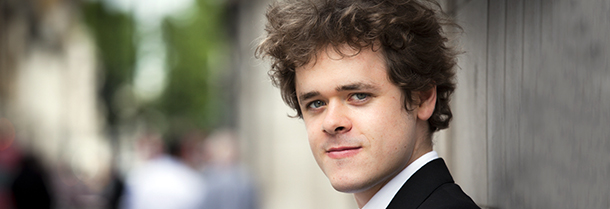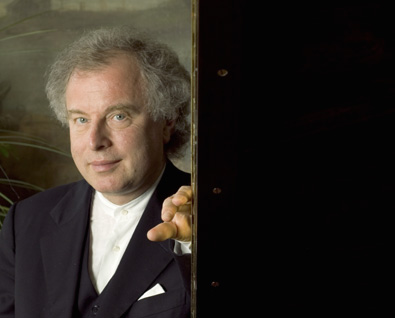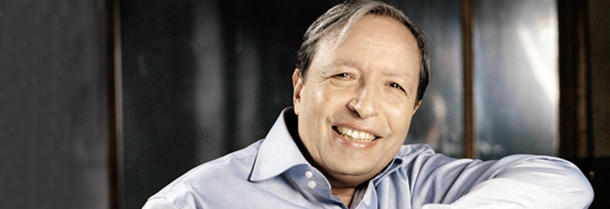Tag: Chan Centre for the Performing Arts
-

PROGRAM NOTES: BENJAMIN GROSVENOR
Robert Schumann Arabesque, Op. 18 In the autumn of 1838 Robert Schumann made a career decision. He would move from his native Leipzig to Vienna to find a publisher and a sympathetic public for his piano compositions. The public he hoped to attract in his year in the Austrian capital was a public of the…
-

PROGRAM NOTES: PAUL LEWIS
Johann Sebastian Bach Partita No. 1 in B flat major BWV 825 The partita, in late Baroque parlance, was just another name for a dance suite, a multi-movement work made up of the four canonical dance forms—allemande, courante, sarabande & gigue—with the occasional addition of a prelude at the beginning and optional fancier dances called…
-

PROGRAM NOTES: PAUL LEWIS
Paul Lewis performs the Late Schubert Sonatas The year of Schubert’s death, 1828, saw the birth of an extraordinary number of masterpieces from the pen of this master lyricist: the “Great” C major Symphony, the Mass in E-flat, the String Quintet in C, thirteen of his finest songs, and the final trilogy of great…
-

PROGRAM NOTES: ANDRAS SCHIFF PERFORMS BACH
J. S. Bach: Well-Tempered Clavier One of the monumental landmarks in the history of music, Bach’s Well-tempered Clavier (the WTC for short) has come to represent the “Old Testament” of the pianist’s repertory (Hans von Bülow) and his “daily bread” (Robert Schumann). “For more than 250 years,” states Davitt Moroney, “Das wohltemperierte Clavier has…


